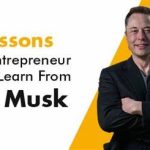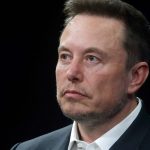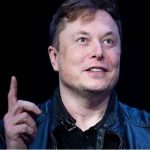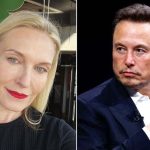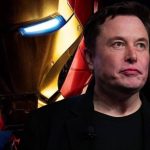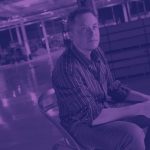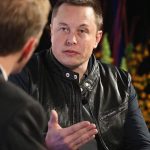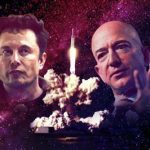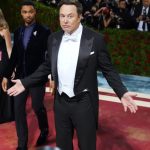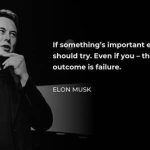🚀 Elon Musk and His Audacious Goals: How Will He Build a Hyperloop Network? 🚀
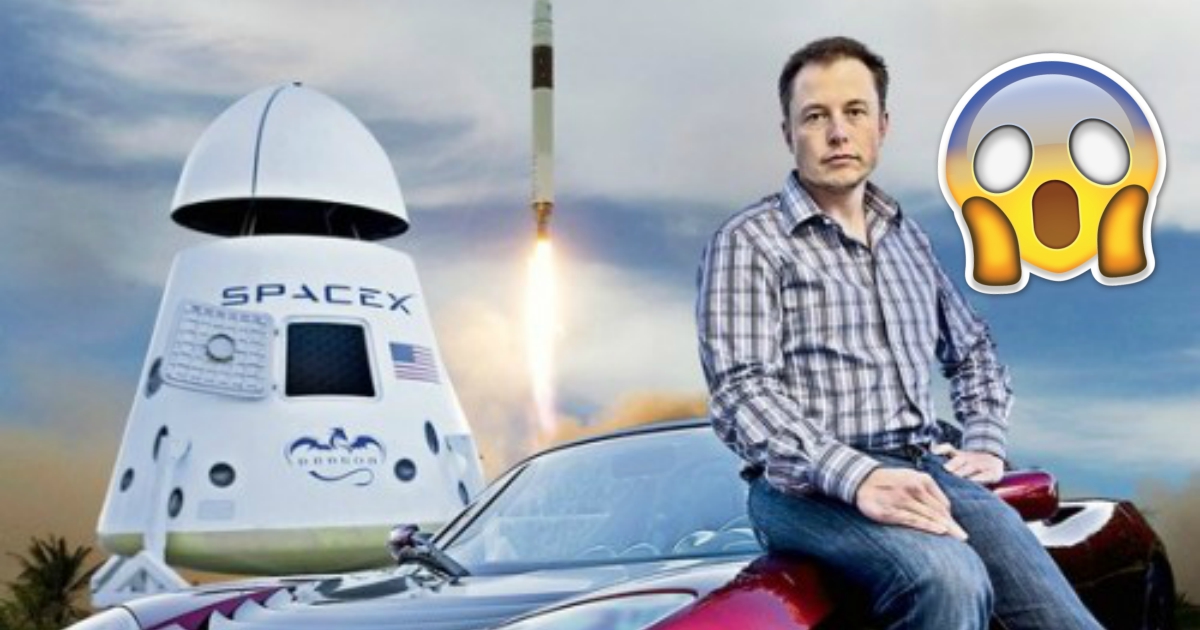
🚀 Elon Musk and His Audacious Goals: How Will He Build a Hyperloop Network? 🚀
Elon Musk—visionary, disruptor, dreamer—has a knack for turning sci-fi into reality. From Tesla’s electric revolution ⚡ to SpaceX’s star-bound rockets 🌌 and Neuralink’s brain-tech gambits 🧠, his ambitions know no bounds. But among his wildest bets, the Hyperloop stands out as a jaw-dropping moonshot: a transportation network so fast it could shrink continents, so bold it could redefine how we move. Announced in 2013, this isn’t just a project—it’s a gauntlet thrown at the limits of physics, engineering, and human imagination. So, how does Musk plan to build it? Let’s strap in and explore.
Hyperloop: A Vision of Future Transportation
Picture this: sleek pods zipping through near-vacuum tubes at 1200 km/h (750 mph)—faster than a jet, smoother than a train, greener than a car. That’s Hyperloop in a nutshell. These pressurized capsules, carrying passengers or cargo, glide on magnetic levitation or air cushions inside low-pressure tubes, slashing air resistance to hit speeds that make planes blush. Musk pitched it as a “fifth mode of transport,” blending the Concorde’s velocity, a railgun’s precision, and an air hockey table’s frictionless glide.
The idea dropped in 2013 via a 57-page white paper Musk tossed into the wild—open-source, no less. His vision? Slash travel times (LA to San Francisco in 30 minutes!), unclog urban arteries, and deliver a sustainable alternative to gas-guzzling jets and gridlocked highways. It’s not just about speed—it’s about rethinking how cities connect, how economies hum, and how we live. Hyperloop’s promise is a world where distance bends to human will, and Musk’s betting big it’s the next frontier.
Challenges and Solutions
Building Hyperloop isn’t a stroll—it’s a Herculean slog through a minefield of obstacles. Here’s the breakdown:
- Technical Challenges 🔧
Maintaining a near-vacuum over hundreds of miles? Brutal. A single leak could derail the system. Pods hitting 1200 km/h need rock-solid safety—think emergency braking or crash-proof designs. The tubes themselves—massive, straight, elevated or underground—demand precision engineering on a scale rarely seen. Then there’s the control system: fully automated, AI-driven, juggling multiple pods at hypersonic pace. Musk’s fix? Crowdsource brilliance. His Hyperloop Pod Competitions (2015-2019) lured global talent—think MIT whiz kids and SpaceX engineers—yielding breakthroughs like magnetic levitation tweaks and tube-sealing tech. - Financial Hurdles 💰
Estimates peg a full network—like LA to SF—at $6B to $20B, depending on terrain and scope. That’s a mountain of cash even for Musk, who’s no stranger to bleeding billions (SpaceX ate $1B before turning profit). Private startups like Virgin Hyperloop and HyperloopTT have jumped in, but they need heavy hitters—governments, venture capitalists, maybe even Tesla’s war chest. Musk’s play? Open-source the concept, spark a gold rush, and let competition drive costs down while he cheerleads from the sidelines. - Legal Roadblocks ⚖️
Permits alone could stall Hyperloop for years—land acquisition battles, environmental impact studies, safety certifications. Picture the red tape: farmers suing over tube paths, regulators fretting over seismic risks (looking at you, California). Musk’s counter? Leverage his clout. SpaceX’s NASA ties and Tesla’s lobbying muscle could grease wheels, while pilot projects—like a short Vegas loop—prove the concept to wary bureaucrats. - Social Barriers 🌍
Convincing folks to trust a pod hurtling at jet speed? Tough sell. Environmentalists might balk at construction emissions or land disruption. And equity’s a snag—will Hyperloop be a rich man’s toy or a public good? Musk’s move: transparency and PR. Test runs with real passengers—like Virgin Hyperloop’s 2020 Nevada demo—build buzz and confidence, while sustainable designs (solar-powered tubes!) nod to green cred.
Musk’s not tackling this solo—he’s unleashed a swarm of innovators. Companies like HyperloopTT, with its Spain test track, and Virgin Hyperloop, with its 500-meter Nevada rig, are racing to crack the code. Musk’s role? The spark—igniting a global brain trust to solve what he won’t build himself.
Progress and Prospects
By March 31, 2025, Hyperloop’s no longer just a sketch—it’s got legs. Virgin Hyperloop clocked a 107 mph (172 km/h) manned test in 2020, proving pods can carry humans. HyperloopTT’s Toulouse track hit 240 mph with cargo in 2023. Test sites dot the map—India, UAE, the U.S.—with prototypes inching closer to Musk’s 1200 km/h dream. Deals are brewing too: India’s eyeing a Pune-Mumbai link (150 km in 25 minutes), while Saudi Arabia’s sniffing at a Riyadh-Jeddah line. Musk’s Boring Company even looped in, digging a 1.7-mile Vegas tunnel by 2021—not true Hyperloop, but a toe in the transit pool.
Still, it’s early days. Full-scale networks—say, 500 km of tube—face a decade-plus timeline. Costs loom large, tech’s not fully baked (1200 km/h remains elusive), and regulators dawdle. Musk’s white paper pegged LA-SF at $6B, but inflation and reality could triple that. Skeptics call it a pipe dream—literally—pointing to exploded SpaceX rockets or Tesla’s cash crunches as proof Musk overpromises. Yet believers see a pattern: Musk’s wild bets (reusable rockets, anyone?) tend to pay off.
How Will He Build It? The Musk Blueprint
Musk won’t construct Hyperloop himself—he’s too busy colonizing Mars 🌌. His playbook’s clear:
- Inspire and Open-Source: Drop the idea, let the world run with it—check. That 2013 paper birthed a dozen startups.
- Prove the Concept: Push comps and cheerlead tests—like SpaceX hosting pod races—until prototypes silence doubters.
- Leverage Clout: Use Tesla’s cash, SpaceX’s cred, and his X megaphone 📱 to lure investors and governments.
- Iterate Relentlessly: Fail fast, fix faster—SpaceX’s blown-up Starships paved the way for landings; Hyperloop’s flops will too.
- Scale via Partners: Hand the reins to firms like Virgin or HyperloopTT, maybe nudge Boring Company to drill cheaper tubes ⛏️.
The endgame? A web of tubes linking megacities—LA to SF, Mumbai to Delhi, Dubai to Abu Dhabi—shaving hours to minutes. Imagine boarding in downtown LA, sipping coffee, and stepping off in San Francisco 30 minutes later, all for less than a plane ticket. That’s Musk’s bet: not just speed, but a seismic shift in how we live, work, and connect.
The Musk Magic: Audacity Meets Impact
Hyperloop’s fate hangs in the balance—will it soar like Falcon 9 or fizzle like early Tesla Roadsters? No one’s sure. But Musk’s already won half the battle: he’s lit a fire under transportation’s stale status quo. Win or lose, Hyperloop’s sparked a race—engineers dreaming bigger, cities eyeing bolder futures. As of 2025, it’s not here yet, but the hum of test tracks and the buzz of investment say it’s closer than ever.
Musk’s audacity isn’t just in the tech—it’s in the belief that humanity can leap forward, not crawl. Hyperloop’s a symbol of that: a crazy, beautiful, maybe-possible dream. What do you think—will Musk’s tubes reshape our world, or is this one bet too far? Drop your take below! 👇
#ElonMusk #Hyperloop #Technology #Transportation #Future #Innovation #SpaceX #Tesla #Neuralink #Engineering #Science #Investment #Legal #Social #Creativity #Ideas #Challenges #Solutions #Progress #Prospects

